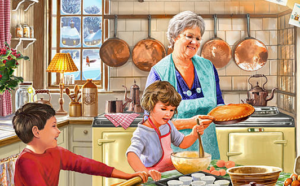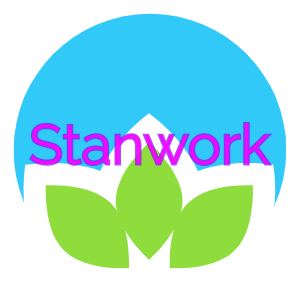
As more and more people migrate and start their lives in another country, they are often bilingual, if not trilingual. The first generation may be fluent in their mother tongues but the second generation that hears the language only at home gets exposed to ‘kitchen language’ and labelled as ‘Heritage Language Speakers’.
By definition heritage learners are the ones who have grown up in a home where a language other than English is spoken and they are bilingual to a certain extent. The level of their second language besides English can vary greatly depending on whether they have previously lived in a foreign country where the language was spoken, lived in a country where English is the official language but is not spoken at home, or used the second language at home all the time, to communicate with family members. The language skills of the heritage language will vary from learner to learner, depending upon the degree of exposure and usage of the second language.
Research indicates even before a person is born, the fetus has already tuned in to the voice of the mother and that is why a newborn baby usually calms down when the mother holds and talks to it. This means that heritage language learners have some familiarity with the language even before they are born!
One characteristic that is common across all heritage language learners is that they have sharp comprehension skills. The level of comprehension may vary from learner to learner depending on how much they have paid attention to the ‘kitchen language’. Another common factor between them is that they can usually not read or write.
Depending upon their speaking skills, it is a common practice to divide heritage language learners into the following four categories:
Category 1: Able to exchange greetings and recognize only high frequency, everyday words like water, egg, bread, rice, names of some fruits and vegetables, some colors and maybe a few numbers. They are unable to make any meaningful sentences.
Category 2: Able to exchange greetings and introduce themselves. They are able also to make very short sentences and may be able to respond to questions like ‘what is your name?’ , ‘where are you from?’, ‘where are you?’ . They may have language skills to survive in a foreign country but will not be able to sustain a conversation.
Category 3: Heritage learners able to speak on every day familiar topics and exchange biographic information, talk about the weather, work, daily routine, commute etc. They are able to discuss every day social, political, economic, health issues. They are fluent but may lack very specialized vocabulary for which they may need help.
Category 4: Advanced heritage learners who have a big vocabulary bank due to frequent use of the language at home as the main language to communicate, socialize and entertain. These learners may still not be able to understand the grammar or read or write but can actively participate in a discussion.
Heritage language speakers certainly have an advantage over others who have no second language skills. How fluent they are all depends on how much time they spend with grandma in the kitchen!

modafinil usa buy generic provigil 200mg buy modafinil generic provigil generic buy provigil 100mg generic cost modafinil buy modafinil 100mg generic
Your comment is awaiting moderation.